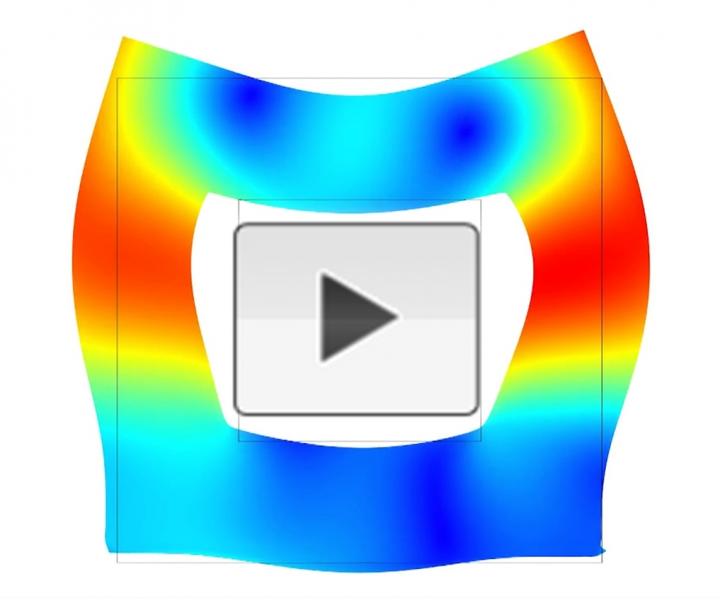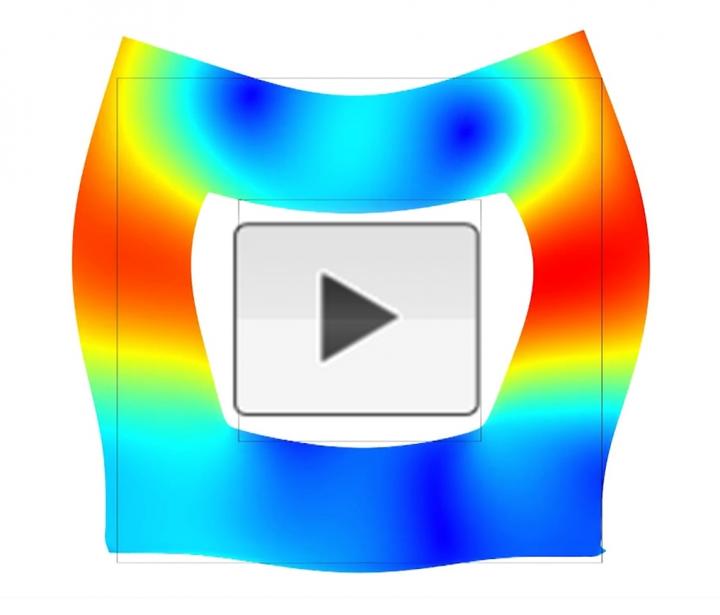
Credit: Credit: American Chemical Society
Fast, accurate and inexpensive medical tests in a doctor's office are only possible for some conditions. To create new in-office diagnostics for additional diseases, researchers report in the journal ACS Nano a new technique that uses ultrasound to concentrate fluorescently labeled disease biomarkers otherwise impossible to detect with current equipment in an office setting. The markers' signal could someday be analyzed via a smartphone app.
Ultrasound is a safe, noninvasive, inexpensive and portable technique best known for monitoring pregnancies. But these high-frequency acoustic waves can also be used to gently handle blood components, cells and protein crystals at the microscopic level. With an eye toward point-of-care diagnostic applications, Tony Huang, Zhangming Mao and colleagues wanted to harness these sound waves to help detect even smaller particles and biomarkers for diseases such as cancer that often require special laboratory equipment to detect.
The researchers developed an acoustofluidic chip that, though vibrations, can form a streaming vortex inside a tiny glass capillary tube using a minimal amount of energy. Testing showed that the vortex could force nanoparticles ranging in diameter from 80 to 500 nanometers to swirl into the center of the capillary. The nanoparticles captured biomarkers labeled with a fluorescent tag, concentrating them in the capillary to boost their signal. This increased brightness could make the signal readable with a smartphone camera.
###
The authors acknowledge funding from the National Institutes of Health and the National Science Foundation.
Watch the Headline Science video here explaining the diagnostic technique.
The abstract that accompanies this study is available here.
The American Chemical Society is a nonprofit organization chartered by the U.S. Congress. With nearly 157,000 members, ACS is the world's largest scientific society and a global leader in providing access to chemistry-related research through its multiple databases, peer-reviewed journals and scientific conferences. ACS does not conduct research, but publishes and publicizes peer-reviewed scientific studies. Its main offices are in Washington, D.C., and Columbus, Ohio.
To automatically receive news releases from the American Chemical Society, contact [email protected].
Follow us on Twitter
Media Contact
Katie Cottingham
[email protected]
301-775-8455
@ACSpressroom
http://www.acs.org
############
Story Source: Materials provided by Scienmag



